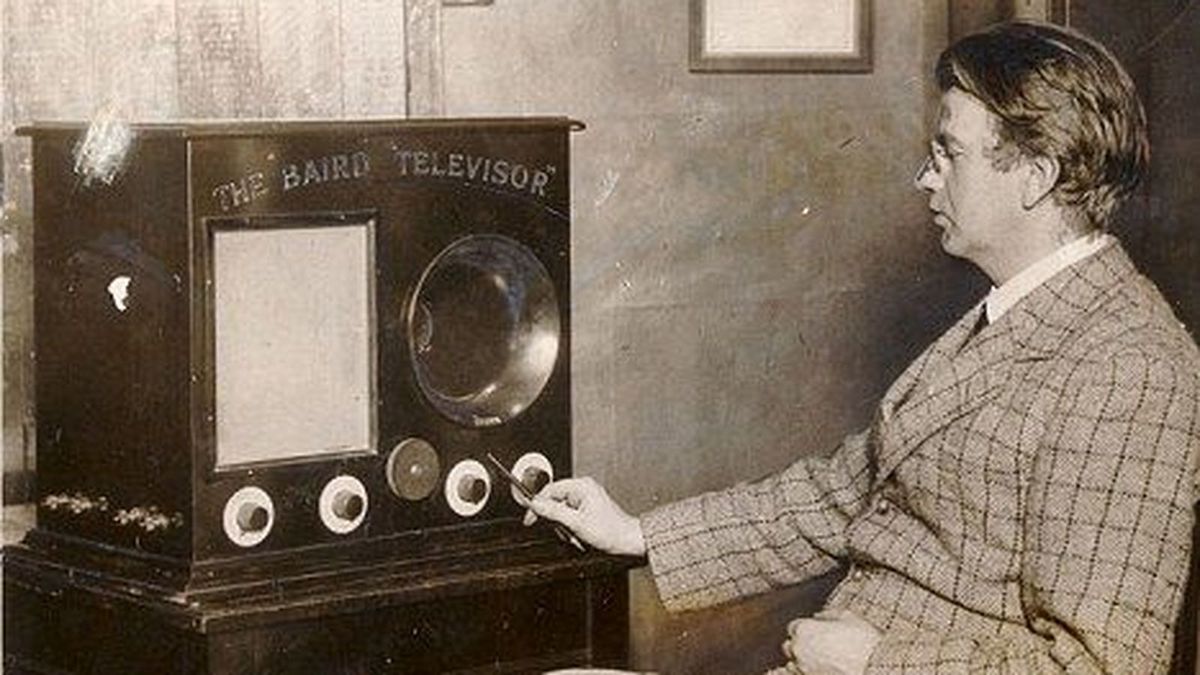Television, one of the miracles of the 20th century, has grown vertiginously since its invention, becoming an ally of humanity, an almost indispensable helper to facilitate daily life, accompany the lonely and liven up coexistence.
It is a very practical medium for journalistic, artistic, sports and cultural diffusion.
It has revolutionized customs, transforming the valuable contribution of the radio, with its own characteristics and its exclusive characters, bringing all the events to homes with images and perspectives that often exceed personal vision, even for those who are in the place where they are. which events unfold.
The circumstance that it is not always used to its full potential does not take away from what it means as progress.
Television is one of the miracles of the 20th century, we said, but its first step, like that of so many other inventions, was the product of chance.
It happened in 1873, when on Valentia Island, off the coast of Ireland, the operator of the cable receiving station, engineer George May, observed that the sun influenced the selenium resistance of the instrument and caused the device’s needle to oscillate.
Thus, he discovered that selenium, which is a solid metalloid, similar to sulfur, the more light it received, the more electricity it conducted, like a kind of “electric eye”, just as the recently discovered telephone was a “ear electric”.
The definitive implementation of television depended –as was later learned-, on a light-sensitive device, capable of transporting, or letting thousands of signals pass through in a fraction of a second.
And this is what was achieved by John Logie Baird (1888-1946), a Scottish physicist, who based on the principle of the camera obscura, designed the device that allowed the transmission of images simultaneously.
In our country the miracle grew vertiginously.
In 1944 experimental shipments were made, but it was not until 1951 that the inaugural public transmission on Channel 7 materialized.
In the American continent, only the US had owned television for 15 years.
Initially, in 1951, in our country, some 50,000 homes had a TV set.
Ten years later, there were already close to a million devices.
The first professionals who became enormously popular in our environment were the announcers, all derived from radio, such as Adolfo Salinas, Guillermo Brizuela Méndez, Nelly Prince and later Pinky, Carrizo, Cacho Fontana and others.
The word television derives from TV “far” in Greek and “vision” which is self-explanatory.
It is a hybrid word, invented to mean distance vision, obtained by means of various mechanical-electrical combinations.
I have alluded very little to Baird, the true architect of TV.
I do not use the word inventor, because always, in any invention, there are valuable contributions from other men, a circumstance that also occurred in this case.
But this engineer, John Baird, born in Scotland in 1888, deserves our appreciation and our gratitude.
He lived 57 years and was in life, awarded a title of nobility.
In the square of the small Scottish town where he was born, there is a plaque placed on the year of his death, which occurred on January 14, 1946.
It says the same:
“To John Baird on the 1 year anniversary of his passage to immortality.”
And an af. end for him.
“Truly great men surpassed their own shadows.”
Source: Ambito
David William is a talented author who has made a name for himself in the world of writing. He is a professional author who writes on a wide range of topics, from general interest to opinion news. David is currently working as a writer at 24 hours worlds where he brings his unique perspective and in-depth research to his articles, making them both informative and engaging.




